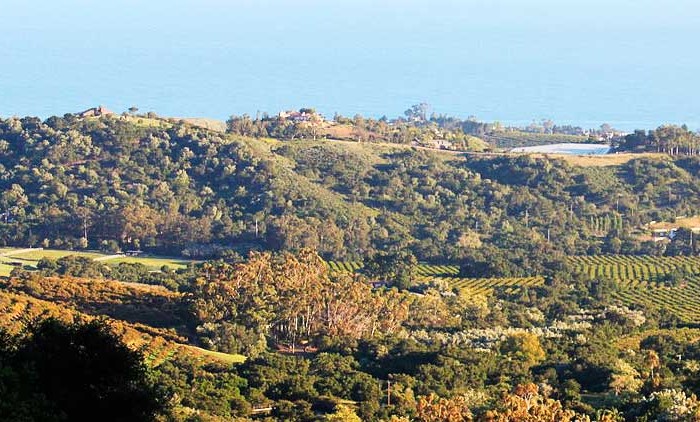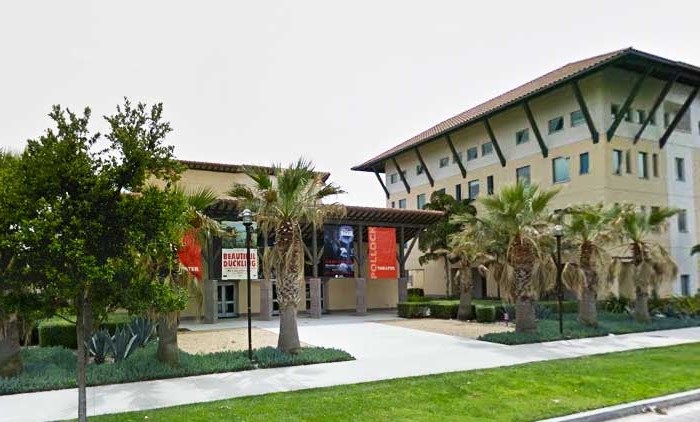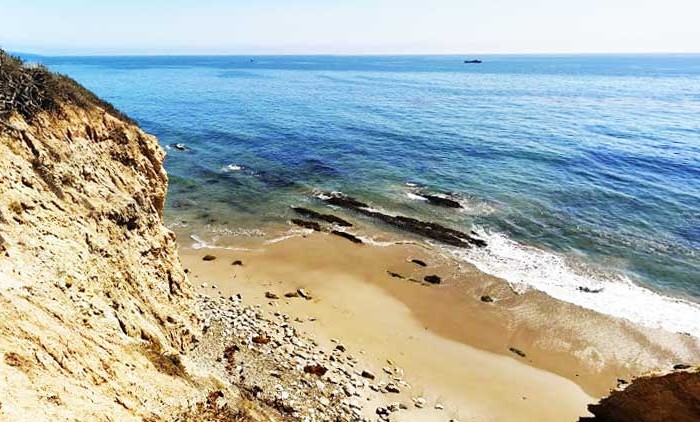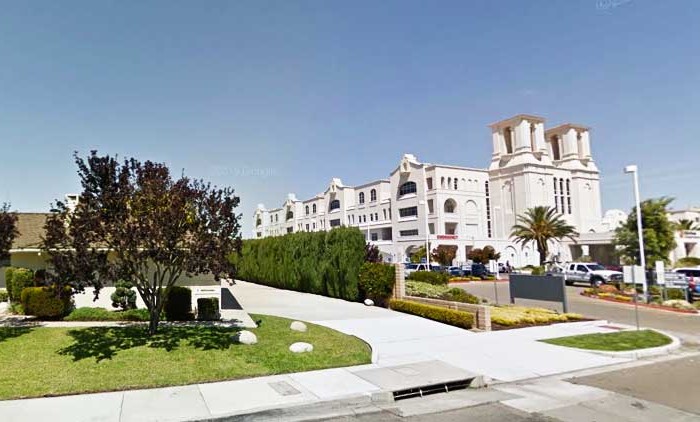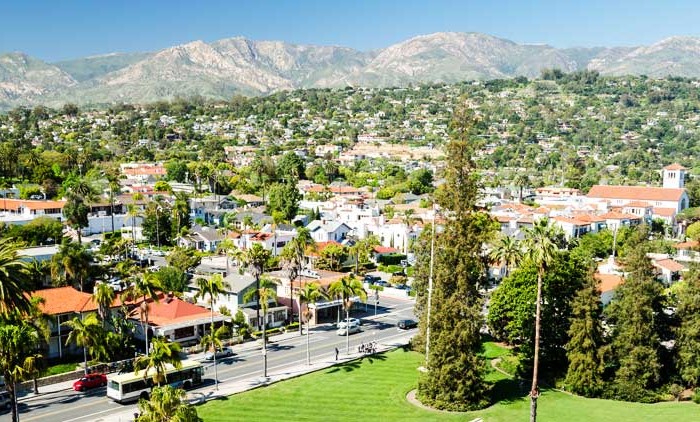Homes, condos and land for sale and rent in Santa Maria, CA
In 1769, the Portolá Expedition passed through the Santa Maria Valley during the first Spanish land exploration up the coast of Las Californias Province. Mission San Luis Obispo de Tolosa was established just north of the valley in 1772, and Mission La Purísima Concepción was established near present-day Lompoc in 1787.
In the late 19th century, after California gained statehood in 1850, the area’s rich soil attracted farmers and other settlers. By the end of the century, the Santa Maria River Valley had become one of the most productive agricultural areas in the state. Agriculture is still a key component of the economy for the city and the entire region.
Between 1869 and 1874, four of the valley’s settlers, Rudolph Cook, John Thornburg, Isaac Fesler (for whom Fesler Jr. High School is named), and Isaac Miller (for whom Miller Elementary School is named), built their homes near each other at the present corners on Broadway and Main Street. The townsite was recorded in Santa Barbara in 1875.
Oil exploration began in 1888, leading to large-scale discoveries at the turn of the 20th century. In 1902, Union Oil discovered the large Orcutt Oil Field in the Solomon Hills south of town, and a number of smaller companies also began pumping oil. Two years later, Union Oil had 22 wells in production. Other significant discoveries followed, including the Lompoc Oil Field in 1903 and the Cat Canyon field in 1908. Over the next 80 years more large oil fields were found, and thousands of oil wells drilled and put into production. Oil development intensified in 1930s, with the discovery of the Santa Maria Valley Oil Field in 1934, right underneath the southern and western parts of the city of Santa Maria, which spurred the city’s growth even further. By 1957 there were 1,775 oil wells in operation in the Santa Maria Valley, producing more than $640 million worth of oil.
Santa Maria is situated north of the unincorporated township of Orcutt, California, and south of the Santa Maria River (which serves as the line between Santa Barbara County and San Luis Obispo County). The valley is bordered on the west by the Pacific Ocean and to the east by the San Rafael Mountains and the Los Padres National Forest. The city of Guadalupe, California is approximately 9 miles (14 km) to the west of Santa Maria.
The agricultural areas surrounding the city are some of the most productive in California, with primary crops including strawberries, wine grapes, celery, lettuce, peas, squash, cauliflower, spinach, broccoli and beans. Many cattle ranchers also call the Santa Maria Valley home.
In recent years, other industries have been being added to the city’s agricultural and retail mix, including: aerospace; communications; high-tech research and development; energy production; military operations; and manufacturing. The petroleum industry has had a large presence in the area since oil was first discovered at the Orcutt Oil Field in 1902. By 1957 there were 1,775 oil wells in operation in the Santa Maria Valley, producing more than $640 million worth of oil.
Hispanic or Latino of any race were 70,114 persons (70.4%).
The Census reported that 98,546 people (99.0% of the population) lived in households, 588 (0.6%) lived in non-institutionalized group quarters, and 419 (0.4%) were institutionalized.
There were 26,908 households, out of which 13,223 (49.1%) had children under the age of 18 living in them, 14,616 (54.3%) were opposite-sex married couples living together, 3,962 (14.7%) had a female householder with no husband present, 1,901 (7.1%) had a male householder with no wife present. There were 1,754 (6.5%) unmarried opposite-sex partnerships, and 190 (0.7%) same-sex married couples or partnerships. 5,079 households (18.9%) were made up of individuals and 2,431 (9.0%) had someone living alone who was 65 years of age or older. The average household size was 3.66. There were 20,479 families (76.1% of all households); the average family size was 4.06.
Other cities in Santa Barbara county
Montecito Real estate for sale and rent
Homes, condos and land for sale and rent in Montecito, CA Montecito is a unincorporated census-designated place in Santa Barbara County, California. It boasts some of the most spectacular and expensive real estate in the [...]
Goleta Real estate for sale and rent
Homes, condos and land for sale and rent in Goleta, CA Goleta is a city in southern Santa Barbara County, California, US. It was incorporated as a city in 2002, after a long period as [...]
Carpinteria Real estate for sale and rent
Homes, condos and land for sale and rent in Carpinteria, CA Carpinteria is a small oceanside city located in southeastern Santa Barbara County, California, east of Santa Barbara and northwest of Ventura. The population was [...]
Santa Maria Real estate for sale and rent
Homes, condos and land for sale and rent in Santa Maria, CA Santa Maria is a city near the Southern California coast in Santa Barbara County. It is approximately 120 miles (190 km) northwest of [...]
Santa Barbara Real estate for sale and rent
Homes, condos and land for sale and rent in Santa Barbara, CA Santa Barbara (Spanish for "Saint Barbara") is the county seat of Santa Barbara County in the U.S. state of California. Situated on a [...]

